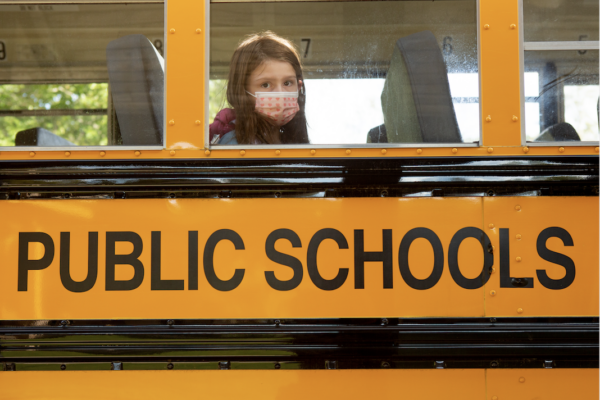Despite the landmark Brown V. Board of Education ruling nearly seven decades ago, schools remain largely segregated across race and socioeconomic status. To address this, school districts are assigning students to different schools with the goal of increasing diversity and improving outcomes for all students.
In new working paper, researchers Thurston Domina, Deven Carlson, James Carter III, Matthew Lenard, Andrew McEachin, and Rachel Perera look at the effects of the policy on achievement, attendance, and disciplinary actions.
The researchers studied a reassignment desegregation plan that North Carolina’s Wake County Public School System put into place between 2000 and 2010, which reassigned about 25 percent of its students to a different school.
The team found that reassignment has no effect on average achievement levels of students’ in the initial year, but positive effects in subsequent years. Specifically, in the second, third, and fourth years, math scores for reassigned students rose significantly. Reading scores increased two to three years after reassignment. There was no significant effect on absenteeism for reassigned students, but they did experience a decrease in suspension rates.
The researchers suggest that the reassignment policy can provide an important model for school desegregation efforts. However, they note that in this case, White students were more likely to be reassigned to schools that were higher performing and closer to their homes than Black and Latino students. Although the effects of reassignment on educational outcomes did not vary by race or ethnicity, the researchers urged districts to avoid reassigning students in a racially disproportionate manner.
-By Catherine Dragone
